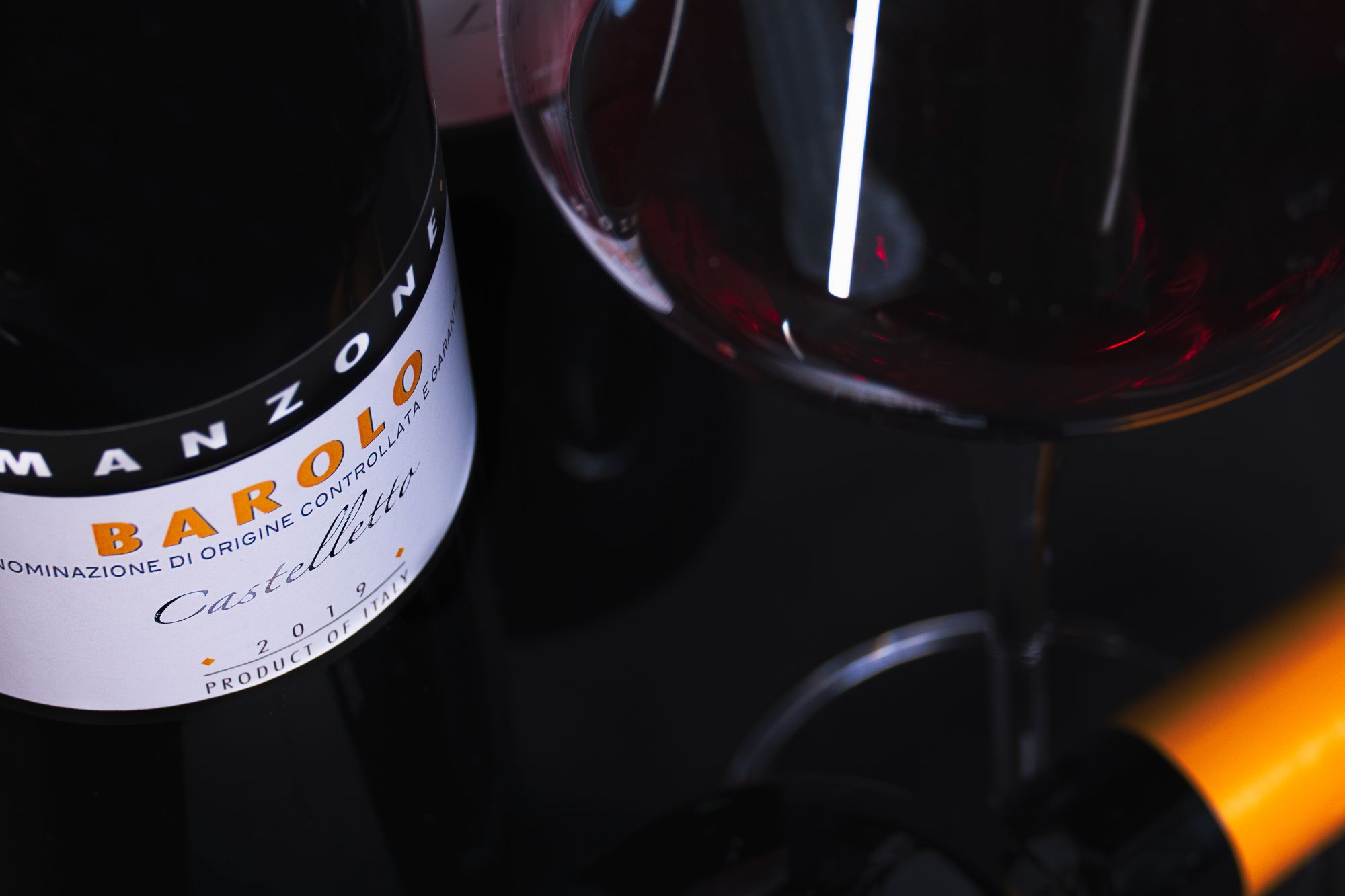When it comes to wine, there’s something about Barolo that makes it stand out. It’s often called the “King of Wines,” and for good reason. But if you’ve ever opened a bottle of Barolo Wine in New York, California or Texas, you might’ve been taken aback by its intensity. The tannins are strong, the acidity sharp, and the overall experience is amazing.
For wine enthusiasts, the concept of waiting years—or even decades—for a bottle to reach its peak might feel daunting. However, those who embrace the wait are rewarded with a drinking experience unlike any other. In this article, we’ll explore why Barolo’s aging process is essential and how it transforms every bottle into something truly extraordinary.
The Role of Nebbiolo Grapes
Barolo is made from Nebbiolo grapes, it is known for its strong tannins and high acidity. Over time, the harsh edges of the tannins soften, allowing the wine’s rich, layered flavors to shine. Aged Barolo develops intricate notes of dried fruit, roses, truffle, and earth, creating a sensory experience that young wines simply can’t replicate.
Barolo vineyards is known for producing some of the best wines from Piedmont Italy, play a vital role in shaping Barolo’s distinctive characteristics. It’s no surprise that Barolo has become a sought-after choice for connoisseurs, from collectors across Europe to enthusiasts exploring Barolo wine in New York.
The Role of Oak Barrels in Maturation
Oak barrels play a critical role in the aging process of Barolo, shaping its character and complexity. By law, Barolo must age for at least two years in oak barrels before release. The porous nature of oak allows the wine to breathe, introducing small amounts of oxygen that soften the tannins and enhance its structure. Additionally, the interaction between the wine and the wood imparts subtle flavors such as vanilla, spice, and toasted notes, adding depth to the final product. This process balances the wine’s bold intensity with a smooth, refined finish, making oak barrels indispensable in crafting exceptional Barolo.
The Aging Process: Where Time Meets Craft
Barolo’s aging process isn’t arbitrary—it’s carefully designed by Piedmont wine producers to bring out the best in the wine. Beyond the impact of the oak barrels, the extended maturation period allows the wine’s bold flavors and tannins to integrate and mature fully.
The dedication of Piedmont wine producers is evident in the meticulous care given to every bottle. These wines, including Barolo, are nurtured to develop their full potential over years. Whether you’re savoring a glass of Barolo wine in New York, California or Texas or exploring other wines from Piedmont Italy, understanding the aging process enhances your appreciation for its craftsmanship.
Manzone Giovanni: A Pioneer in Barolo Wine
When it comes to Barolo, Manzone Giovanni is a name that stands out among Piedmont wine producers. Based in the heart of the Barolo region, Manzone Giovanni is celebrated for his dedication to crafting exceptional wines. Each bottle reflects his commitment to quality, tradition, and the unique terroir of Piedmont.
Whether you’re exploring Barolo wine in New York or adding to your collection, Manzone Giovanni’s wines are an excellent choice. His meticulous approach and respect for the aging process ensure that every sip delivers the full essence of Barolo—a wine truly worth the wait.

